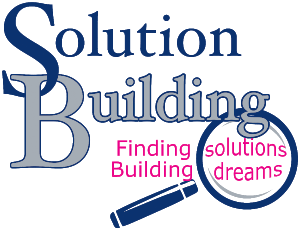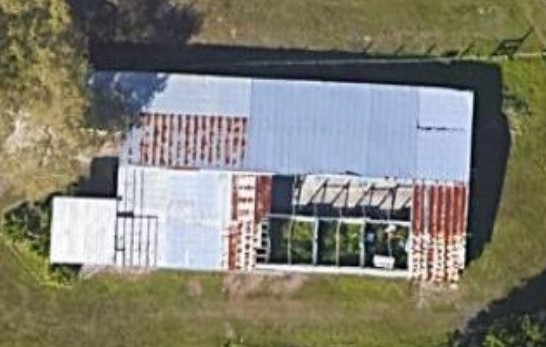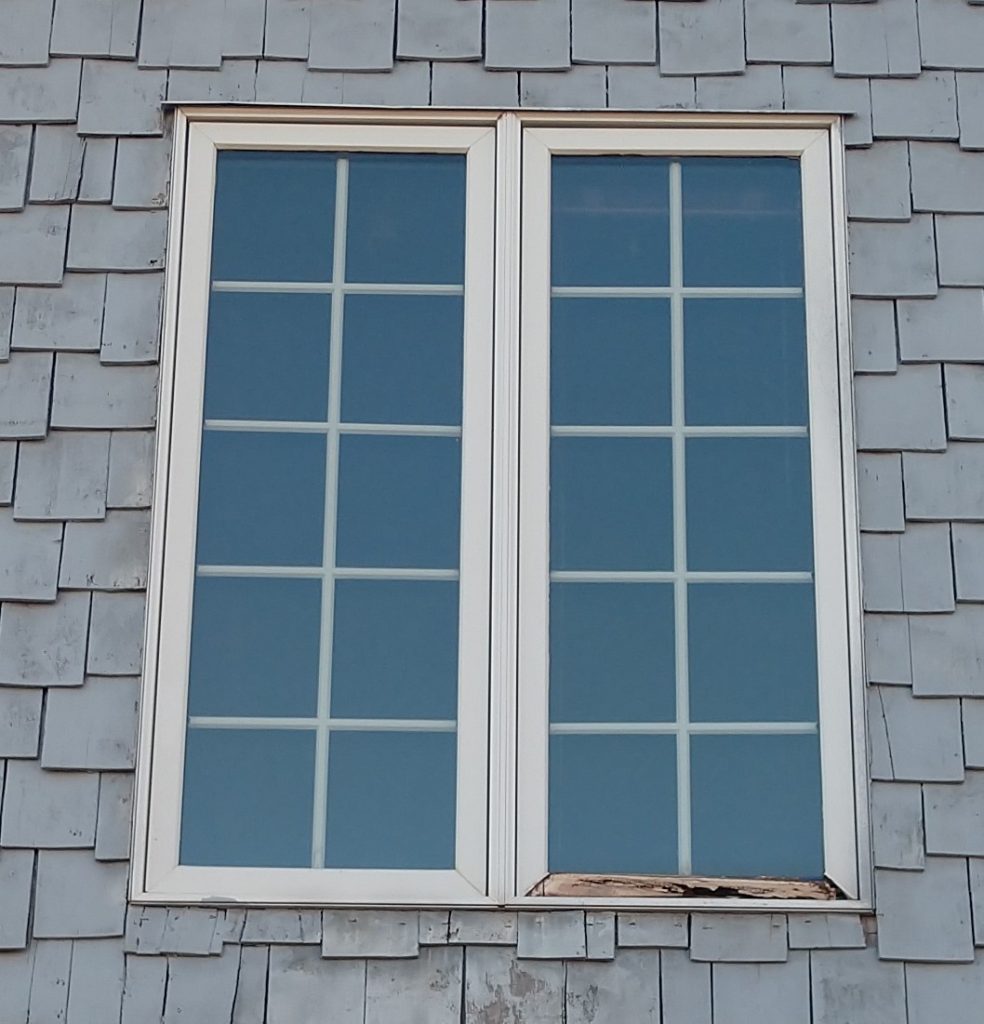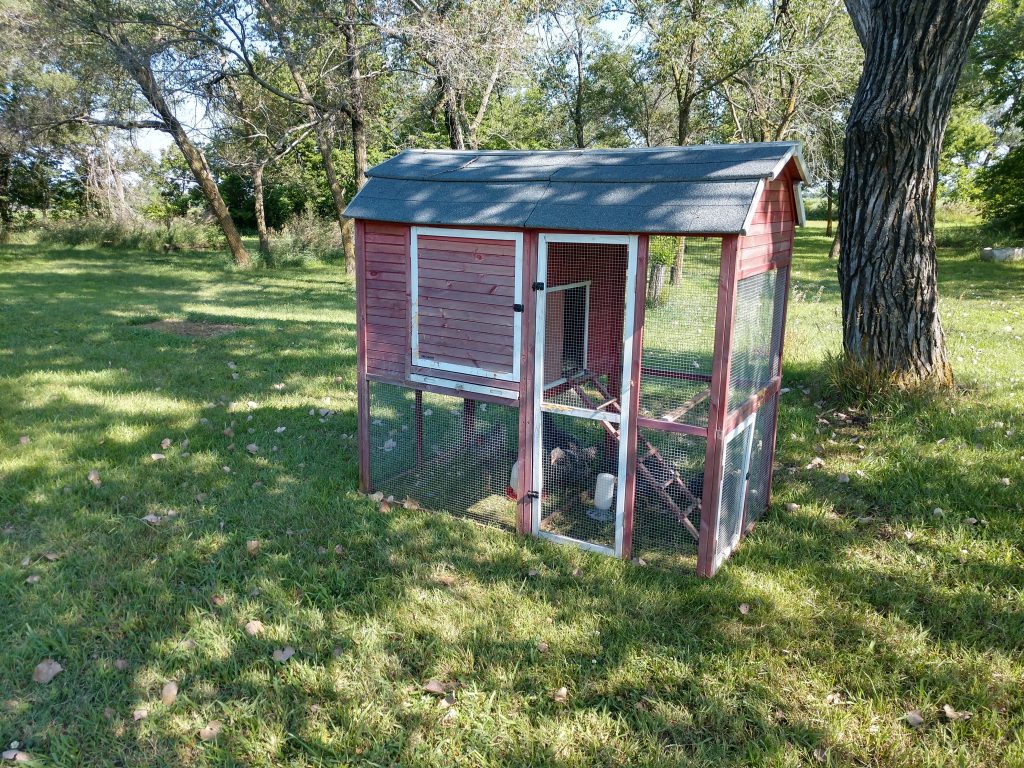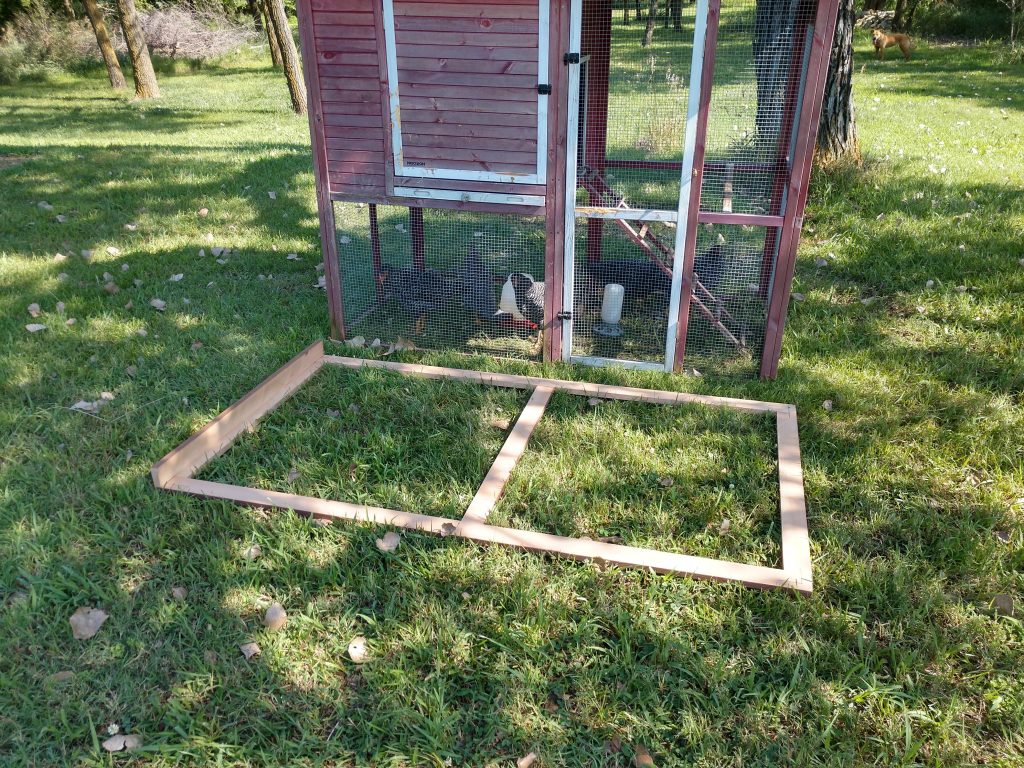Why Does Everyone Tell You It’s Easy When It’s Not?
Helping people in the construction industry build their businesses has been a real struggle. They say they need a better way of doing things but won’t take the time to do anything about it. They struggle with construction proposals, change orders, payment applications, saving money, communication, etc.
I know because they tell me this all the time. Not to mention, I was there too once so to totally understand.
So why don’t they do something about it?
Because, doing something about it is not a simple thing. I know because I struggled with these same problems in my construction company. Then I decided to do something about it. But what?
I began looking for solutions but couldn’t find what I needed. This involved things like computer software, hiring a consulting firm, etc. Not that any of these things were bad, but they didn’t fix the problems.
This is when I realized that there is no magic solution. It’s going to take time and hard work.

It’s a little like building a building…there’s no computer program you can download from the internet, or it won’t magically appear from a blueprint or some written instructions. It requires time and hard work.
When building a building there’s going to be bumps along the way, it’s not like after the first one is built the second one is going to be much easier. But, with each new project it gets better. The mistakes are reduced, and the process becomes more repetitive with experience. Then at some point it becomes so routine you can do it in your sleep.
It takes time and hard work, but it’s worth it.
This brings me back to the problem at hand – helping people in the construction industry build their businesses.
I’ve been working to get other construction companies to use the business building tools and systems that they have been asking for. I’ve been working on this for years and wondering if I’m supposed to keep trying. Then I think back about the difficult journey of building my construction business and keep going.
Part of the problem, like building the first building, is there’s a big learning curve, and it takes time to learn it.

I realized the other day that this is not just a construction business problem…it’s an every kind of business problem.
And the problem is this, we’ve become an immediate gratification society. We don’t want to wait for anything, and a business is no different.
We’re being over promised on social media and the internet with advertisements telling us how we can buy this thing and lose all the weight we want by next month or make a million dollars in six months, etc., etc.
Don’t believe it…it’s a lie.
I’m not saying these things are impossible. What I am saying is that they are highly improbable. After spending a lot of money and not achieving expectations, people are left disappointed and feeling like failures.
Marketing does a great job of doing what it’s supposed to. It gets you to buy things. The problem is the marketing makes it look easier than it is.
Building a business, like building a building, is not for the faint of heart.
This is why I’m going to tell you right now, if you buy our business building toolbox it’s not going to magically make your business an overnight success. Implementing and learning to use these tools is not magic.
Like any tool, if you buy it and don’t ever get it out of the box, you’ll never learn how to use it. If you’d like to learn more about how we can help you through long journey of building a successful construction business, schedule a free 30-minute construction company consultation.

